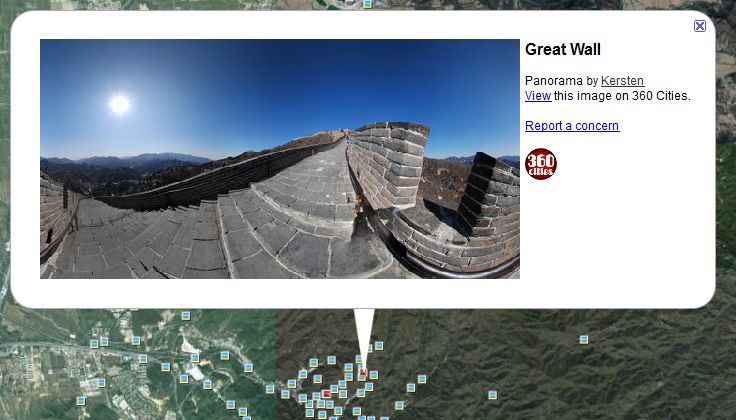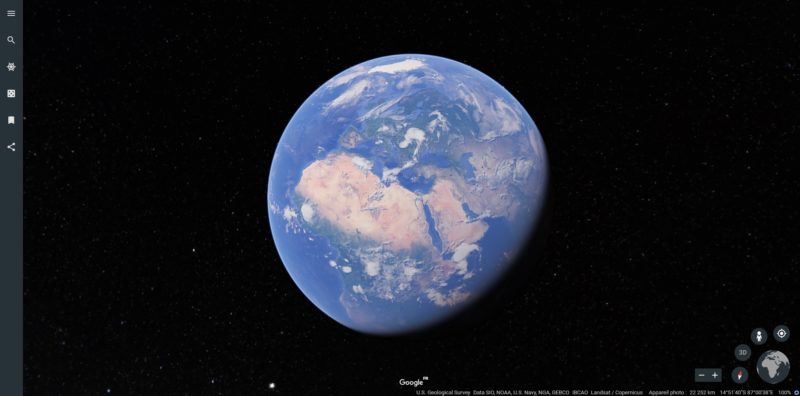
Our new camera can be attached to any vehicle with a roof rack and operated right from a mobile device - no need for a specialized car or complex processing equipment. We can add these features when we need them, and remove them when we don’t. But now, we can add on to this modular camera with components like lidar - laser scanners - to collect imagery with even more helpful details, like lane markings or potholes. Previously, we needed to create an entirely new camera system whenever we wanted to collect different types of imagery.

This is especially handy when we work with partners around the world to capture imagery of traditionally under-mapped areas - like the Amazon jungle. Here’s a quick look at our new camera system: But unlike house cats, it’s ready to be taken to remote islands, up to the tops of mountains or on a stroll through your local town square. This new camera takes all the power, resolution and processing capabilities that we’ve built into an entire Street View car, and shrinks it down into an ultra-transportable camera system that’s roughly the size of a house cat. In addition to our Street View car and trekker, we’re piloting a new camera that will fully roll out next year to help us collect high-quality images in more places.


Our hardware is one way we’re able to keep up with the pace. And if there’s one thing we’ve learned, it’s that our world changes at lightning speed. Bringing Street View to more places with our newest cameraįrom the back of a camel in the Arabian desert to a snowmobile zipping through the Arctic, we’ve gotten creative with the ways we’ve used Street View cameras to capture imagery. Today, we’re unveiling Street View’s newest camera, giving you more ways to explore historical imagery, and taking a closer look at how Street View is powering the future of Google Maps. While that’s all worth celebrating, we aren’t stopping there. And Street View doesn't just help you virtually explore, it’s also critical to our mapping efforts - letting you see the most up-to-date information about the world, while laying the foundation for a more immersive, intuitive map.

Fast forward to today: There are now over 220 billion Street View images from over 100 countries and territories - a new milestone - allowing people to fully experience what it’s like to be in these places right from their phone or computer. Fifteen years ago, Street View began as a far-fetched idea from Google co-founder Larry Page to build a 360-degree map of the entire world.


 0 kommentar(er)
0 kommentar(er)
